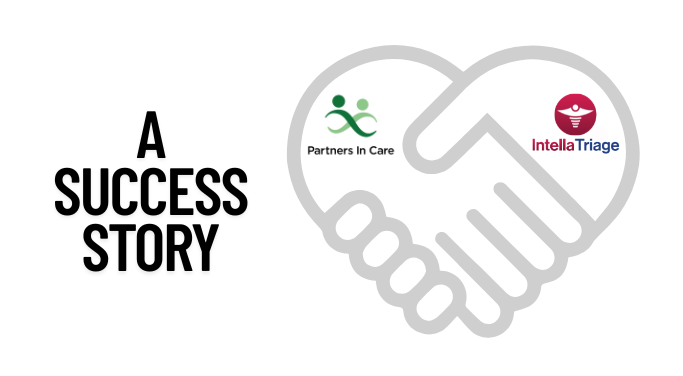When patients get discharged after a hospital visit, it can be difficult for them to follow or remember discharge instructions. This can lead to higher readmission rates, longer recovery times and decreased patient satisfaction. To solve this problem, patient engagement and post discharge follow up, when employed correctly, can reduce readmissions and close gaps in patient care.
Did you know?
- Up to 20% of patients are readmitted within 30 days
- There is the potential to save $12 billion on hospital readmissions
- Hospitals could lose as much as $528 million from Medicare cuts
Why do hospital readmissions occur?
The primary cause of hospital readmissions is poor follow-up by patients after a procedure. Due to a lack of communication or understanding, patients will often go home confused about their post-procedure instructions or medication orders, and, in turn, fail to follow the treatment plan or follow-up with a doctor visit.
Customized Continued Care After Patient Discharge Can Help
Utilizing licensed registered nurses specifically for post-discharge care can reduce hospital readmissions. These nurses help patients follow their care instructions by educating them on their medication plan, monitoring them regularly and providing professional, compassionate support.
The process to integrate nursing support into your post-discharge care process typically flows as follows:
- Identify patients that are at risk of readmission.
- A hospital staff member sends post discharge instructions from the hospital EMR to the nurse.
- The licensed nurse will make follow-up calls to confirm compliance with medications and screen for necessary follow up visits.
- If needed, nurses can also be available after-hours for patients or caregivers to call if a complication arises.
The best programs will allow each hospital specialty its own custom patient engagement and post-discharge follow-up care process. This will help ensure that each specialty is able to include specific follow-up procedures for the nurses to follow.
Some of the key areas each specialty should include in their follow up process are:
Symptom Review
- Do you know what signs/symptoms to look out for?
- Do you know what number to call if you have a medical concern?
- Do you have any questions you would like me to pass on to your doctor?
- Do you have any symptoms you are concerned about right now?
Follow-up
- When do you have an appointment scheduled?
- Are you able to keep that appointment?
Medication Compliance
- Did you get medicines?
- Do you know how to take them?
- Are you taking them?
- Do you have any concerns about taking the medicine?
Patient engagement and post-discharge follow up is one of the most important parts of improving patient outcomes. In order to prevent readmissions, providers must prioritize the post-op patient experience by providing patients with a professional support system to guide them through their recovery process.
The largest barrier to post-procedure follow up is the patient’s ability to attend follow-up appointments. Whether the patient is limited by a lack of time, resources or transportation, healthcare organizations can help patients overcome barriers by pivoting to remote care.
Meeting Patients Where They Are
Patients are requiring on-demand access to healthcare and post discharge follow-up is no exception.
Partnering with a remote care service can alleviate patient roadblocks, and empower your organization to provide on-demand care. Not only can it save patients from traveling long distances, it also limits the amount of in-person visits your on-call staff has to make.
Though providing follow-up care can be challenging, leveraging technology can help providers reduce the number of in-person follow-up care appointments, increase staff efficiency and improve patient satisfaction.
If you’re ready to reduce hospital readmissions, boost your patient engagement scores and rethink your organization’s discharge follow-up strategy, contact us today to learn more about what IntellaTriage nurses can do for you.
This post was originally published in September 2018 and has been completely revamped and updated for accuracy and comprehensiveness.
Contact Us for a Consultation
Ready to optimize your triage process? Reach out to us today for a consultation tailored to your needs. Let’s elevate your patient care together.
More From The Blog
Recent data breaches are once again highlighting the urgency of securing protected health information (PHI). In March 2025, Yale New Haven Health System disclosed that an unauthorized third party accessed the personal data of nearly 5.6 million patients. Around the same time, Kentucky’s Cumberland County Hospital suffered a breach affecting more than 36,000 individuals, including [...]
Partners In Care - A Success Story. Partners In Care is a 5-star nonprofit provider of hospice, palliative, and home health services in Oregon. When they decided to reevaluate their after-hours care model, the goal was clear: prioritize patient care while supporting the nurses who make it all possible. Their home health and hospice nurses [...]
We have been made aware of a fraudulent job scam in which individuals are impersonating IntellaTriage and offering fake job opportunities. These scammers are emailing candidates directly and/or reaching out through platforms such as LinkedIn, posing as recruiters or hiring managers. Victims report being sent fraudulent checks with instructions to purchase equipment or gift cards. [...]









